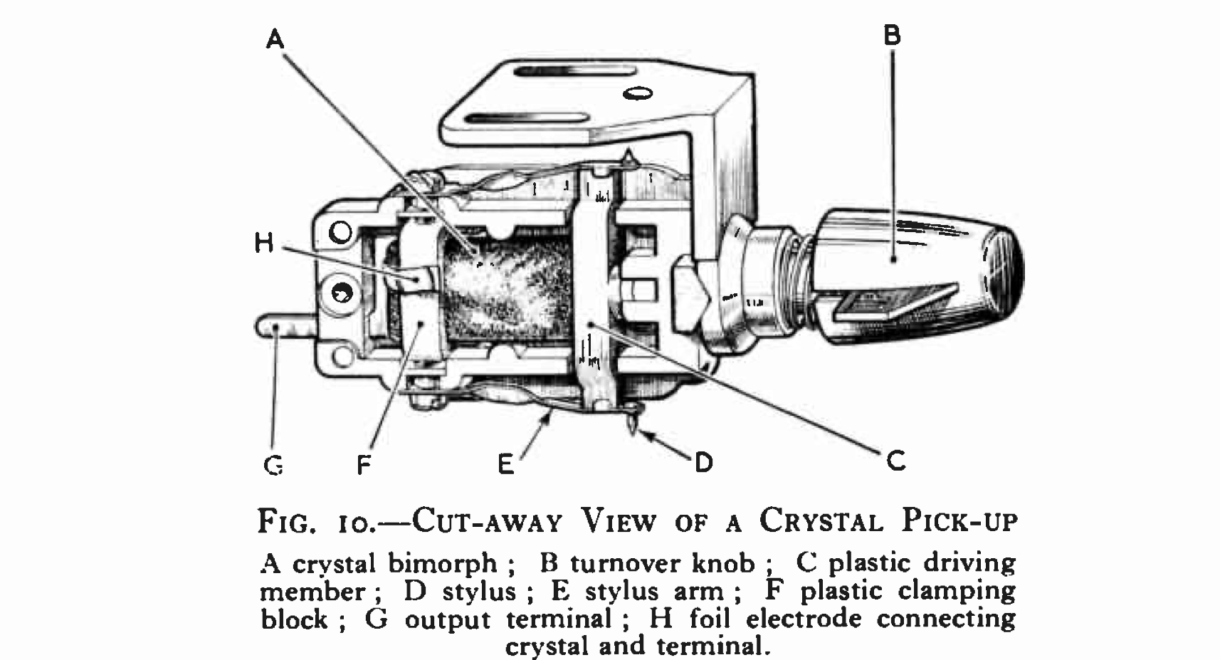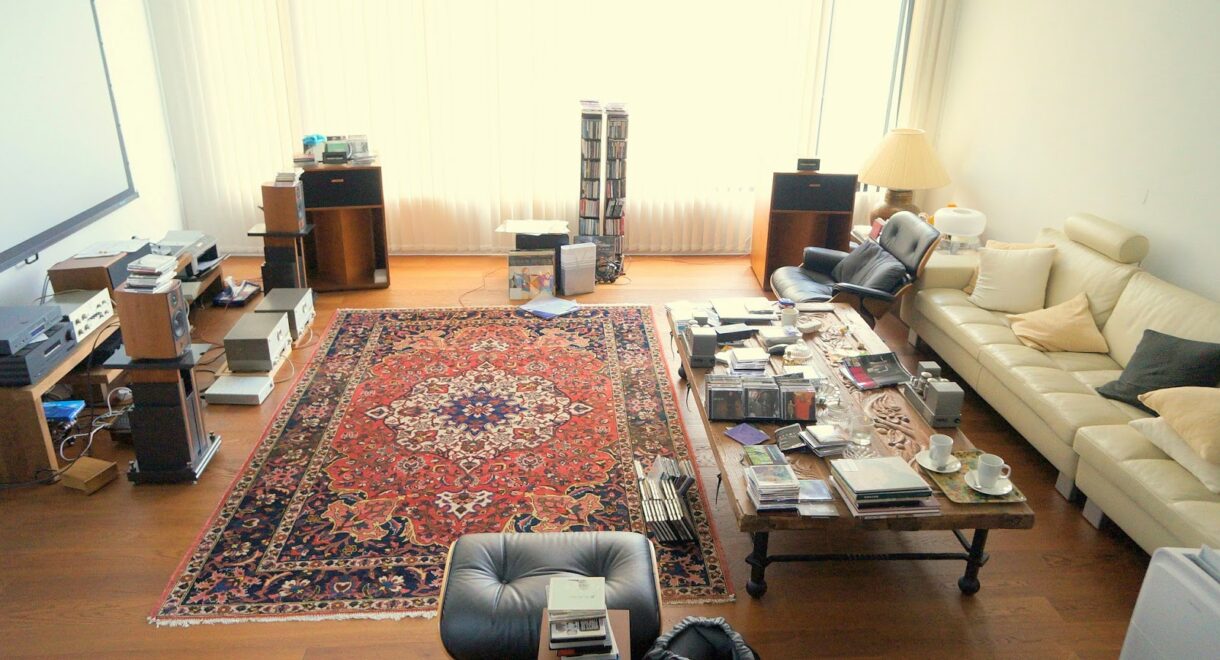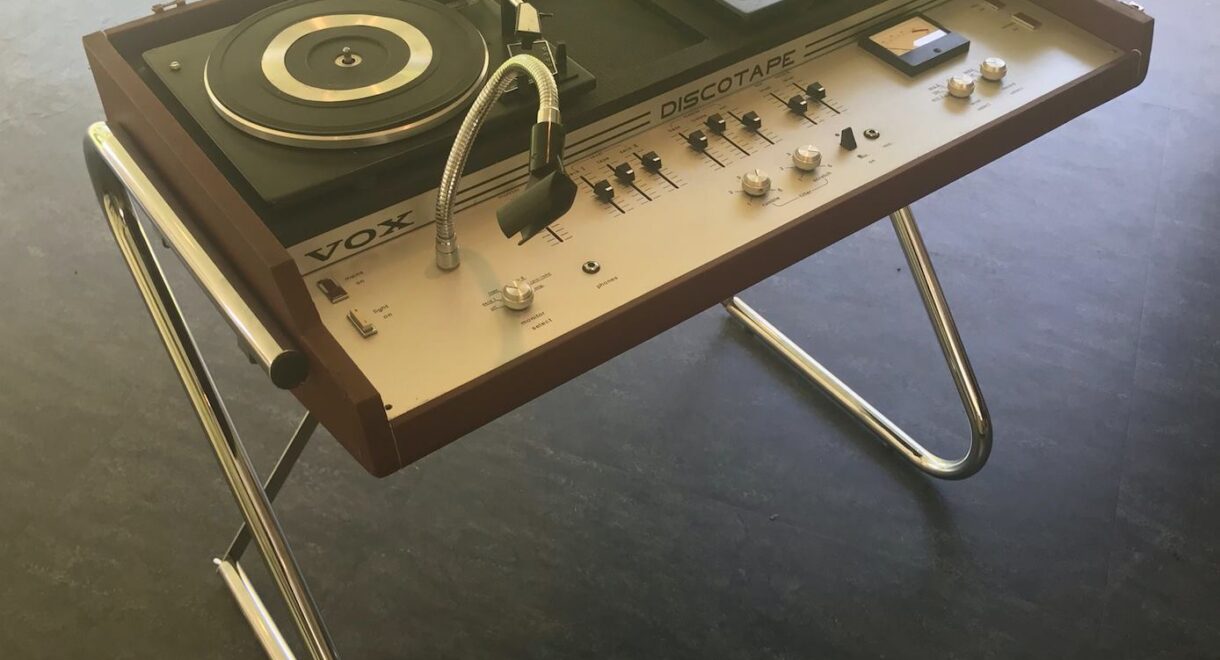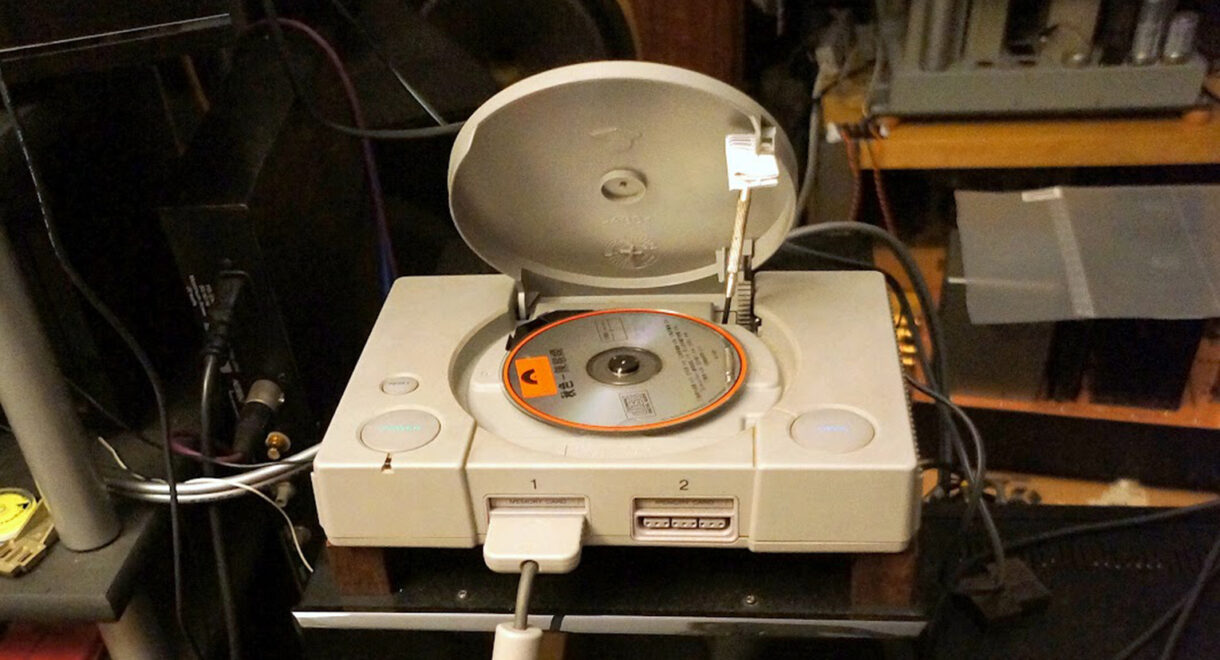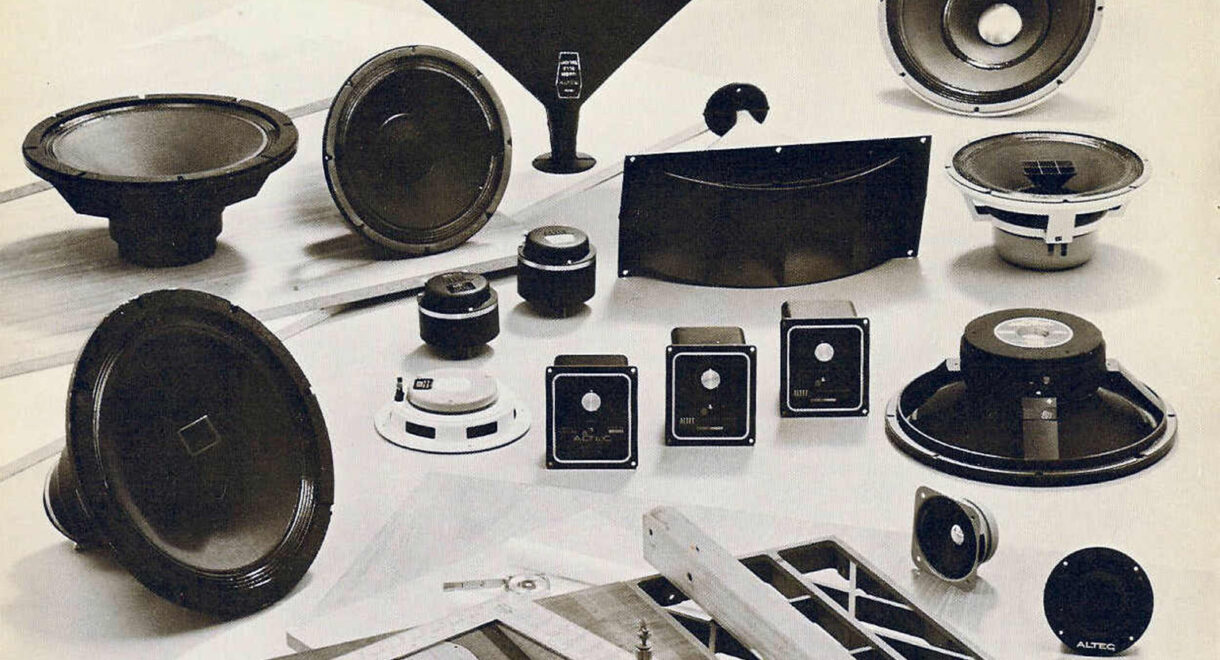Despite being more than a half-century old, the information delivered in Introduction to Hi-Fi, a 1960 book on the basics of sound reproduction and high fidelity listening at […]
Five Killer Vintage Cassette Decks to Start You on Your Path
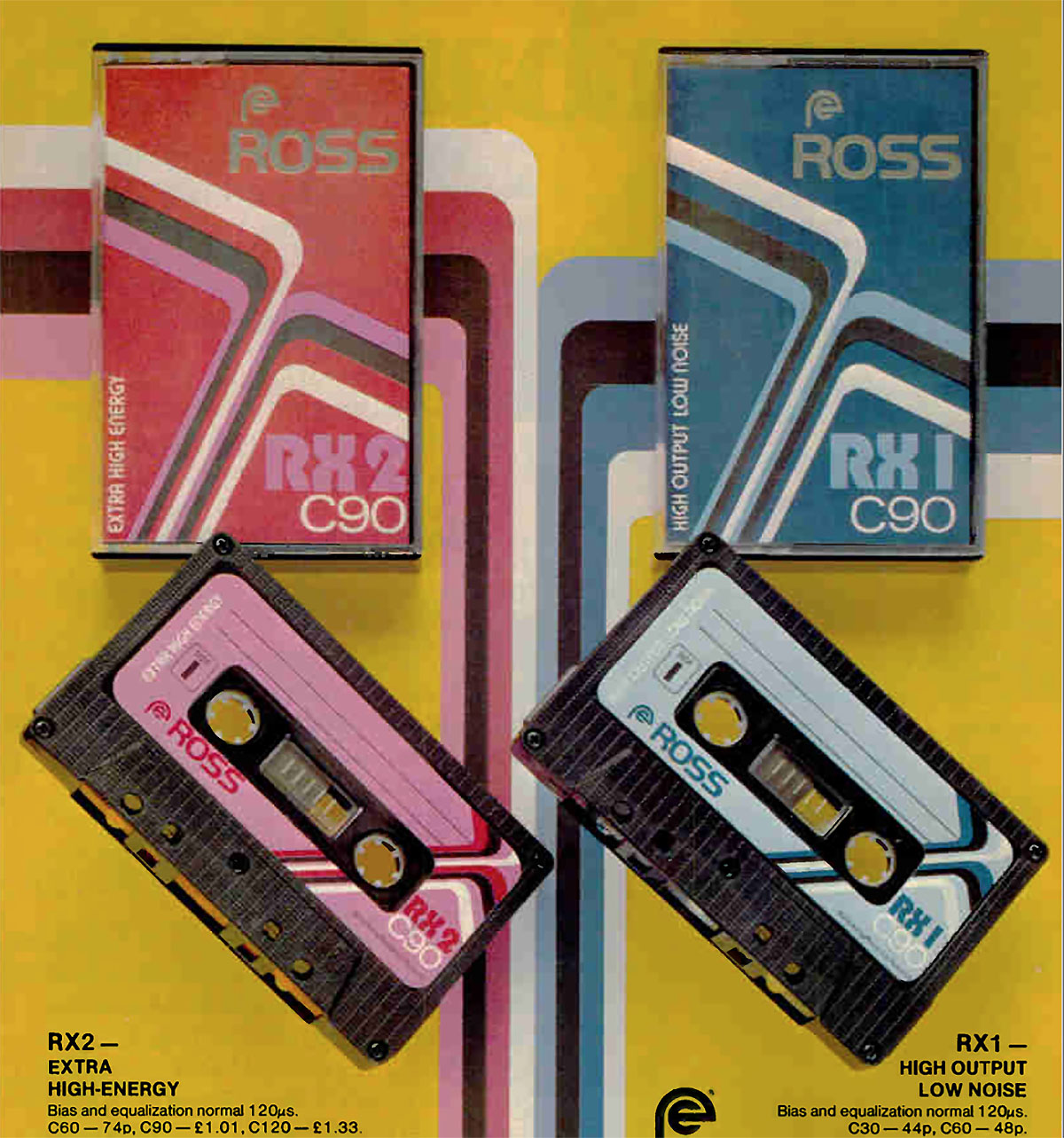
Forty-five years ago, the respected home audio magazine Hi-Fi Stereo Review published an overview of new-model cassette decks. Written by a hi-fi critic named Craig Stark, the 1988 feature came at a time when cassette technology was peaking, tape sales were high and many cars still had decent sounding tape-driven stereos; compact discs, though increasingly popular for home audio systems, had yet to infiltrate the sacred driving space.
Like most audio writing of the time, the Stereo Review story (scroll to page 81 for the full article) is dry, technical and penned for obsessive gear-heads interested in the science and mathematics of high-fidelity sound reproduction. But once you accept that you won’t be entertained while reading it, the piece is a fascinating, informative primer on finding a quality used deck. Below is the graphic that showcased the magazine’s picks for the year.
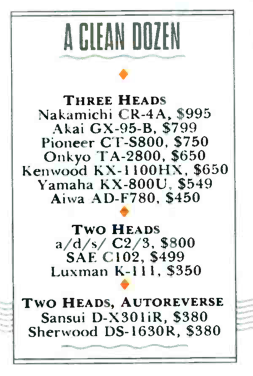
With the price of vinyl skyrocketing and little relief on the horizon, maybe now’s a good time to consider upping your cassette game? Components are abundant on the aftermarket and most new tapes go for $10 and under.
But before you start spending money on a deck and tapes, you need to understand this truth: cassettes are much more ephemeral than either LPs or CDs. Tapes are less expensive because, for the most part, they’re an inferior format. Many music heads in the ‘80s and ‘90s treated it as a disposable medium. Tapes were passed around among friends until they ended up on the floor of the backseat. They were recorded over, accidentally demagnetized and left in hot cars to develop annoying warbles. The hard plastic cases are brittle and unforgiving, and the design of J-cards – the cardboard cover that contains tiny-typed liner notes – have mostly been an afterthought. Companies commissioned LP and CD art and retrofitted it to work for the cassette version.
That’s changed in the past decade, though. With proper care — and treated the same way you care for vinyl — new tapes sound very good — actually, more like VG+ — when compared with an LP.
Below, a number of decks that from the 1970s and ’80s that repeatedly come up when researching audiophile forums and lurking on audiophile message boards. Though some are pricy among audiophiles, many second-hand shops tend to sell decks low because most consider it a dead format. As such, before you commit to buying a refurbished model online, spend a few days searching the city. Go to pawn shops and estate sales. Ask your friends’ parents or grandparents whether they have any stored away.

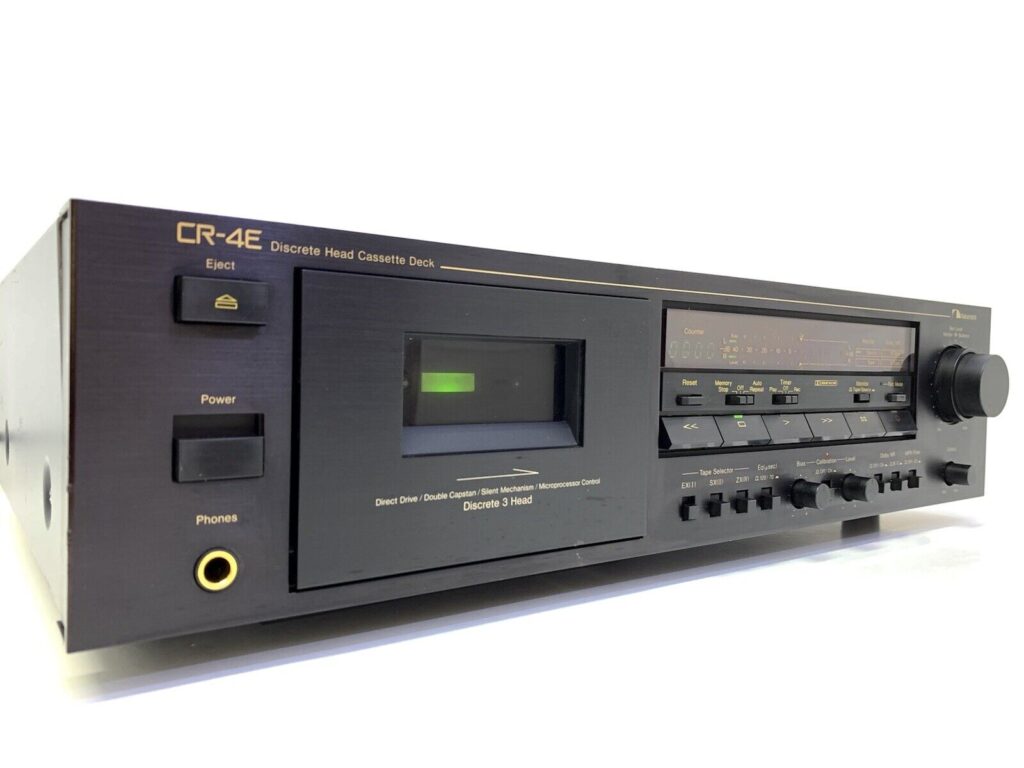
Nakamichi BX 300 3-Head Cassette Deck
Although writer Stark highlighted the Nakamichi CR-4 in his feature, the truth is that the model, the Rolls-Royce of its time, is so ridiculously expensive and rare that only the richest readers could chase one down. In fact, the Nakamichi brand itself is the luxury model of the era, so it’s hard to go wrong should you come across a three-head deck manufactured in the ’80s. Preferable to two-head decks that squeeze together the record and play heads that read or write the magnetic tape, three-head decks allow for more space — and less noise when recording. Introduced in 1984, the Nakamichi BX-300 3-Head deck was in production for three years, during which it ruled as the budget-minded audio freak’s Nak of choice. Also check out models 700II and LX5.
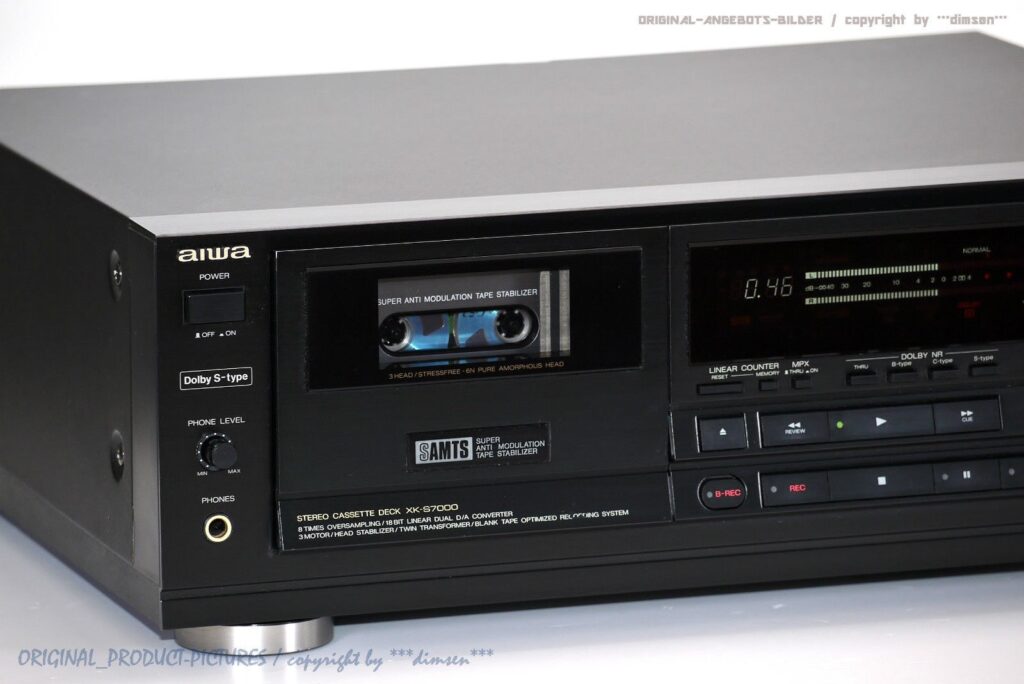
Aiwa XK 007
Though less known in the U.S. — and often confused Stateside with the more prominent brand Akai –the Japanese company Aiwa was a leader in cassette tech technology and innovation. Offering both top-loading and front-loading models, the company is best known for its enduring machines that begin with XK. On the used market, the majority of XKs with cost you more than $600. But because Aiwa’s not a famed name, their sturdy models come up relatively often on Facebook Marketplace and Craigslist.

Dual C844
Ridiculously tough to track down using search engines because the brand “Dual” gets confused with the “dual cassette decks” used for dubbing tape-to-tape, the brand is incredibly desirable due to both its sleek, brushed-chrome design and, more important, the machinery that drives it. Its windowless front-loaded mechanism removes the need for an eject button; its a three-headed deck; and its ability to record and play at two different speeds quickens the process of tape-to-tape transfer.
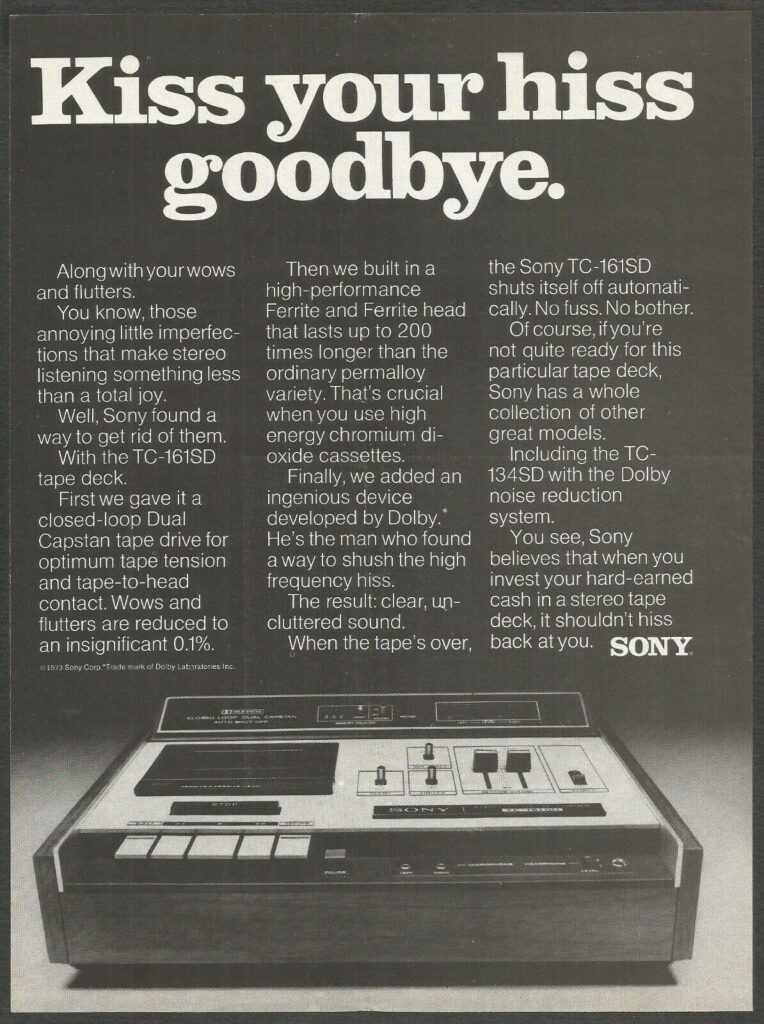
Sony TC-161SD
The top-loading TC-161 arrived not long after Nakamichi introduced the first-ever 3-head deck, and was considered a very respectable response. For DJs, such top-loading machines make swapping out and cueing tapes easier. Though ubiquitous and now so big a brand as to be virtually invisible, Sony in the ’70s and ’80s was building remarkable — and affordable — components.
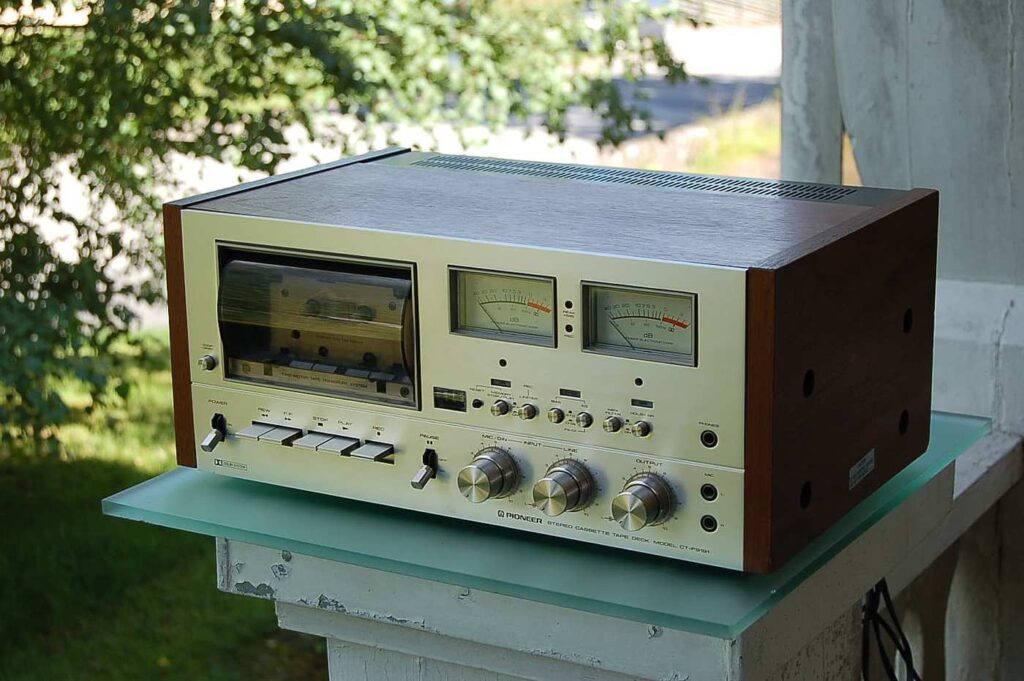
Pioneer CTF-9191
One of the most successful and popular decks of the 1970s, the Pioneer CT series remains one of the best deals out there.
The deep, well-researched audio shop Fryderyk Danielszyck described the CT-F1000 model as “a high-quality Pioneer cassette deck from the second half of the seventies equipped with many advanced playback and recording functions (including automatic Cr02 tape detector, pitch control, memory stop, MPX filter, tape slack eliminator, full auto stop, buttons controlled by an electromagnet) … As befits one of the outstanding representatives of the “golden age of audio”, this model is also distinguished by remarkable precision of its structure and sound. After recording tracks from a gramophone record onto a cassette, we get 100% of the original reproduction with a slight soft accent.”
Though the above tips are hardly extensive, they’re intended to set you on a path toward understanding the market and navigating to the most reliable component. Most of the brands mentioned are known to most, and the competition at the time was so heated that each company invested millions in research and development.
In Sheep’s Clothing is powered by its patrons. Become a supporter today and get access to exclusive playlists, events, merch, and vinyl via our Patreon page. Thank you for your continued support.




